What’s going on YouTube! Now it would certainly be an understatement to say that Subaru has been on a roll recently since sales have been growing or at least holding steady even through the challenging pandemic years. Forester and Outback are, of course, two of their most important products, and these recently refreshed models continue to overlap a lot in terms of price and size. That had us, and a lot of customers thinking, which is the best bet? Well, that’s what we’re about to find out!
Pricing and Equipment
Alright, so kicking things off here, we have to talk about the pricing to demonstrate just how similar they are in this regard.
Starting with the Forester, we selected the top trim level, called Touring. Obviously, every Subaru has standard AWD, so after factoring in a small selection of accessories and the destination charge, the total is $39,241.
Forester Touring AWD: $36,495 | Options: $1,521 | Destination: $1,225 | Total: $39,241
The prices do overlap a lot, though the Outback is considered the more premium product. Because of this, you will have to drop down one trim on the Outback to make it cost the same as Forester, in this case that would be the Limited trim. With a few options and the same destination charge, the total is within spitting distance of the Forester at $39,610.
Outback Limited AWD: $35,795 | Options: $2,520 | Destination: $1,295 | Total: $39,610
Now, this is going to be an objective comparison. We have done our best to weigh the points awarded throughout in major and minor categories, but at the end of the comparison we will sum up with our thoughts and discuss overall value. But with that being said, let’s get into the meat and potatoes!
Exterior Design
Firstly, in terms of the exterior designs and features, as you would expect, they do share quite a bit in design language, if not overall shape. Obviously, the Outback has always kind of been a wagon on stilts, while the Forester has the more traditional crossover look to it.
The Outback also looks more rugged with chunky black cladding all around, especially in the front. We’ve heard a lot of comments about this, and while we’re not going to grade subjective looks, keep this in mind if you have strong cladding opinions.
Lighting-wise, both have adaptive LED headlights with LED fog lamps.
From the side, you can see the overall shapes very clearly, as well as the fact they both have really good ground clearances of 8.7-inches, and 18-inch alloy wheels. The Outback is about 9-inches longer than the Forester, but you’ll definitely want to stick around for the interior space comparison coming up, since it is pretty surprising.
Length: 191.3-in (Outback) | 182.1-in (Forester)
And then around back, they are mostly the same, with LED brake lights, small spoilers up top and exposed wipers. The Touring Forester does include an exposed chrome exhaust tip.
Additional Features
Now let’s check out some of the individual features.
Both sets of mirrors have heating and blind spot monitoring, and auto-dimming is an option on both of them, but only the Forester has it equipped.
However, the entire Subaru brand puts an emphasis on safety, which is why both of them have automatic front and rear emergency braking, lane keeping assist, adaptive cruise control and auto high beam headlights.
Both: Warranty: Basic Warranty: 3yr/36k mi | Powertrain Warranty: 5yr/60k mi
Finally, the last thing to mention on the outside is that the Outback can tow larger loads of up to 2,700 lbs, as compared to 1,500 lbs in the Forester.
So that’s it for the exteriors, so now let’s go ahead and check out the equally important cabins!

Interior Design
Now as you would expect, there are going to be a lot of similarities inside as well, since they are sibling vehicles. For instance, both have the same key fob and smart entry system.
And peaking inside, we have lot of similar characteristics but different details. Starting with the seats, besides for the obvious color differences, they are mostly the same with the same shape, heating and memory functions. Just be aware of two things: the Outback has 4-way lumbar as opposed to 2-way in the Forester, and only the Outback has the option of ventilated seats on the top trim.
A major point category in our comparisons is the interior material quality, but these two are almost exactly the same. Both have very nice door trims, soft touch plastic upper dashboards, and leatherette-covered lower areas as well. Everything is also put together in a nice solid way in both.
As far as the gauges, they are pretty much the same, with 4.2-inch displays. They both also have helper displays, the Forester having a separated one on top of the dash, and the Outback’s integrated into the large main display, which we talk about more later on.
And the steering wheels are different only in respect to the Forester Touring having heating.
Storage and Technology
Next up we have the very important aspect of storage, where surprisingly, the larger Outback does not have an advantage. As a matter of fact, the Forester has the larger center console and front storage bin, while the Outback cancels that out with its passenger storage shelf.
Coming to the shifter area, they are identical with paddles and active trajectory. Both have the option of getting a front facing camera as well for off-roading.
But now this is where the similarities start to disappear, since we get into the Outback’s display area. Its climate controls are part of the screen, although the main temperature adjustments do have dedicated buttons. Where the Outback is superior is that it has an extra zone of adjustability.
As far as the audio systems, they are both Harmon Kardon, except that the Outback has more speakers.
Forester: 9-speaker Harmon Kardon Premium Audio
Outback: 12-speaker Harmon Kardon Premium Audio
And now that brings us to the major tech differences. It pretty much goes without saying that the Outback’s 11.6-inch display is significantly larger than the Foresters 8-inch one, and that does have big benefits in the amount of information that can be displayed at once. Most of the other software is the same, but only the Outback can run Apple CarPlay and Android Auto wirelessly.
Finally, the last thing to mention is a cool advantage for the Forester; it has a panoramic moonroof, while Outback only offers a conventional one.

Rear Seats and Cargo
So, heading to the back, just in case you still don’t believe me about how similar these two are, look no further than the rear seat measurements. There are only fractions of an inch separating them and both feel extremely spacious for an average-sized adult.
Forester: 39.4 inches legroom | 39.6 inches of headroom
Outback: 39.5 inches legroom | 39.1 inches of headroom
Once inside, in terms of amenities, both have 2 charging USB ports, vents and heated rear seats.
Moving around to the rear, both models have power tailgates, and once the gates open up, again you will find very similar measurements. With the seats upright, the Outback has about 11% more cargo capacity, but after you use the convenient handles in the back to fold the seats down, the Forester’s more conventional shape catches up to under a 2% difference. That’s very interesting considering the 9-inch size gap between them. Both have spare tires.
Forester: Cargo: 28.9 cubic feet with seats up; 74.2 cubic feet with folded
Outback: 32.6 cubic feet with seats up; 75.6 cubic feet with folded
Now we’ve checked out the exteriors and interiors, so that means it’s time to take this fight to the streets!

Powertrain
As you’ve seen up to this point, these two crossovers have a lot of similarities, and that continues here under the hood. Both have the exact same engine; a 2.5L naturally aspirated Boxer-4 making 182 hp and 176 lb.ft of torque, paired to standard symmetric AWD and a Continuously Variable Transmission. As you would expect, this produces very similar experiences when accelerating.
One important factor to mention is that the Outback can be equipped with a more powerful turbocharged engine, which is something that the Forester cannot add.
Driving Impressions and fuel economy
Ride and handling wise, they are again quite similar. Neither was designed to be sporty, but they do have decent body control and steering that is light but accurate. All but the largest imperfections in the road are isolated out and the seats are very comfortable.
If you’re getting the impression that they drive very similarly to each other, you’d be right. But there is some level of difference between the two in the sound level readings we captured on the same exact road. At 55 MPH, the Forester Touring was showing 2 dBs less noise.
Outback: 57.1 dB
Forester: 55.7 dB
And finally, in regard to fuel economy, the Forester gets 1 MPG combined better according to the EPA, although that is less than a 5% difference required to score a point.
Subaru Siblings Winner!
So, there you have it: the Outback is the winner! Even though the outsides look quite different, these two products are surpassingly similar in so many ways that this is hardly a shock. But let’s recap to find “your” winner.
Forester:
- Save a few bucks ($369 as tested)
- Prefer the traditional shape
- Prefer more buttons for interior (climate)
Outback:
- Better technology
- Like the station wagon shape
- Want a couple features that aren’t offered on the Forester
Now we want to know your opinions, so make sure to head to the comments and let us know which one you would pick!
Anyway, thanks for joining us for another Car Confections Comparison, and be sure to watch the video below for a full visual comparison.
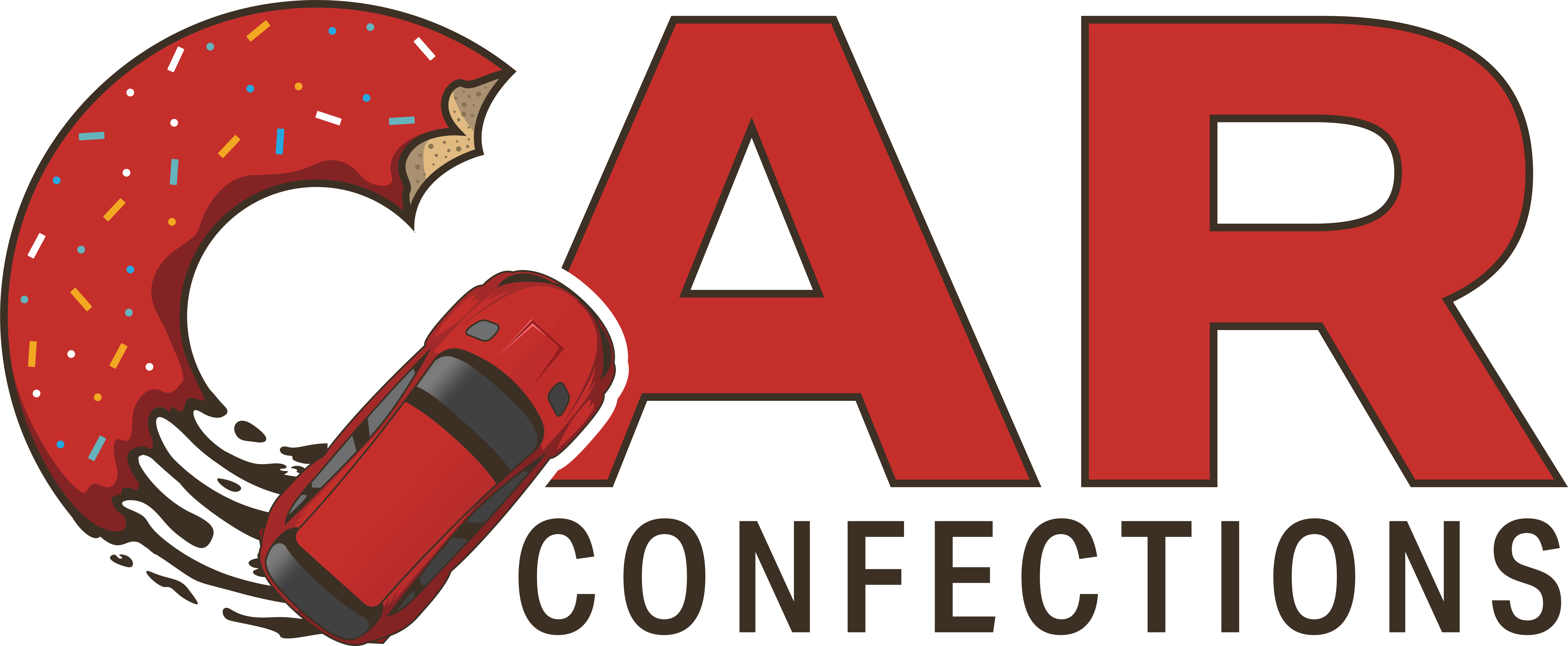
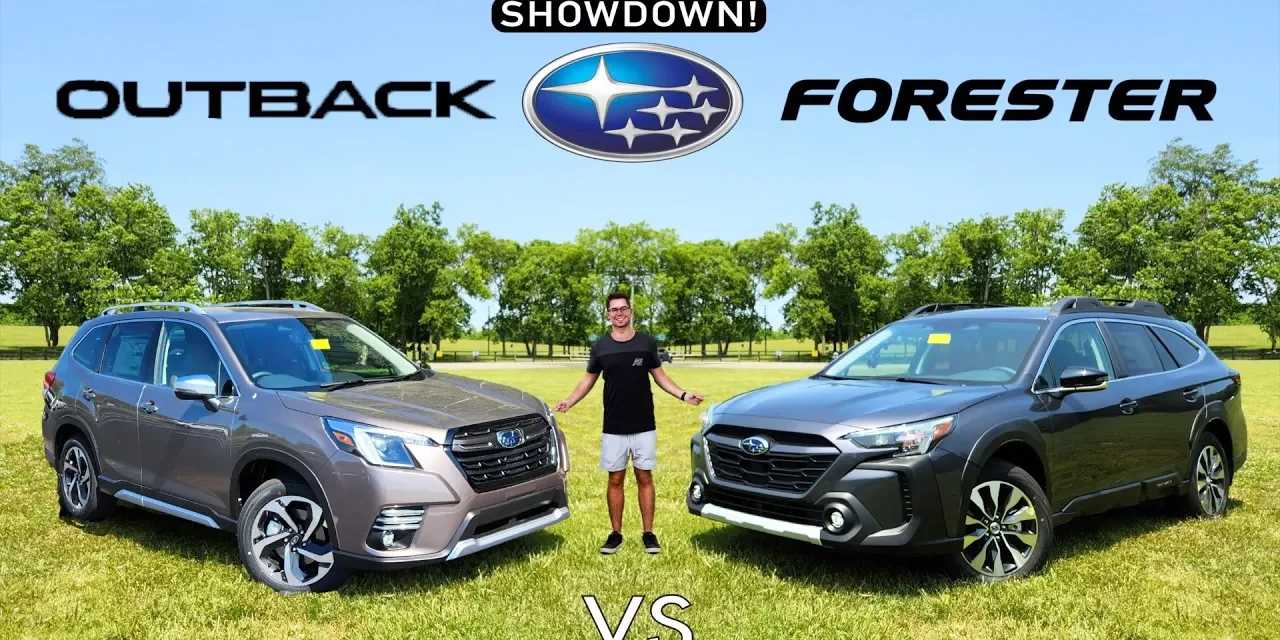
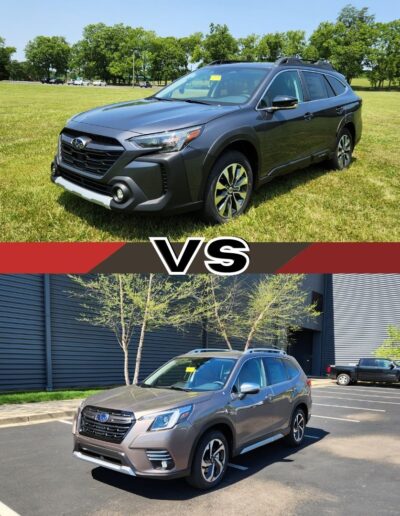
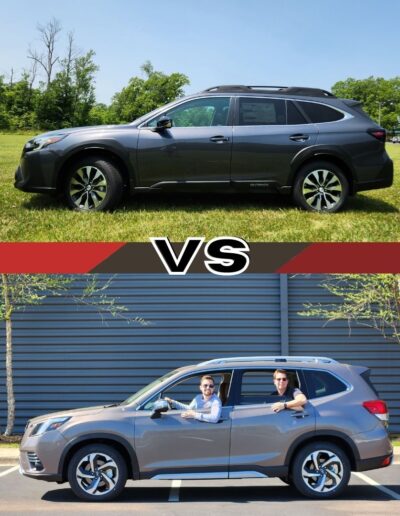
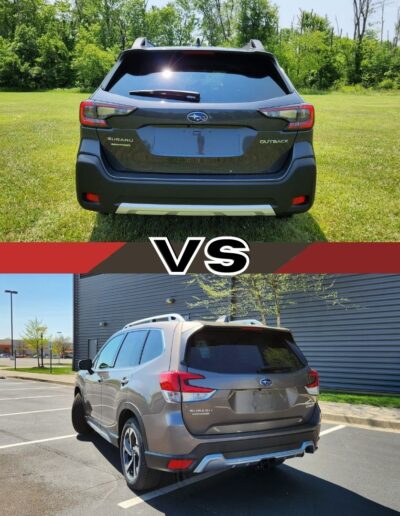
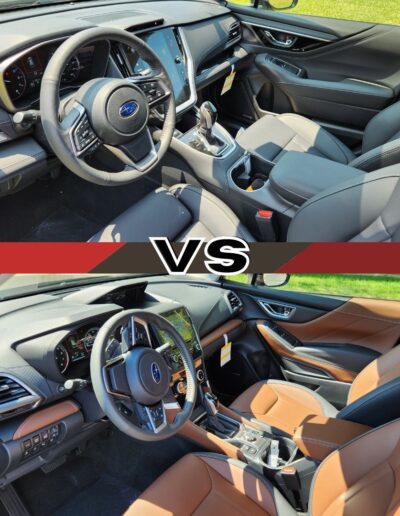
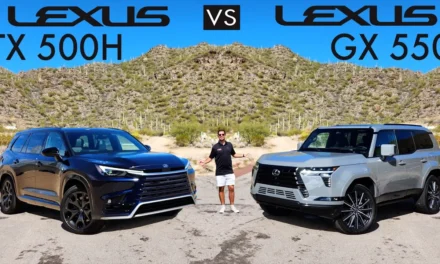
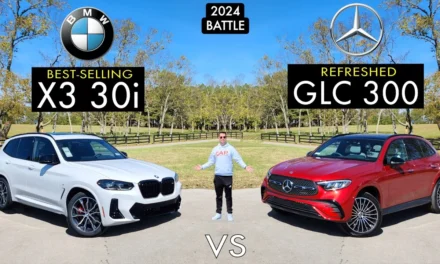
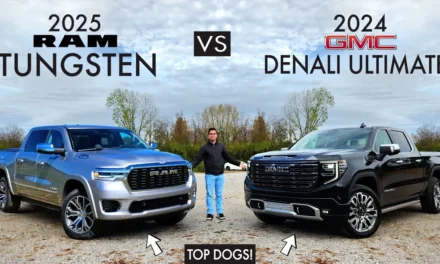
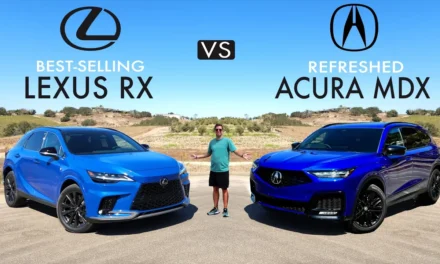



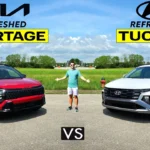


Recent Comments